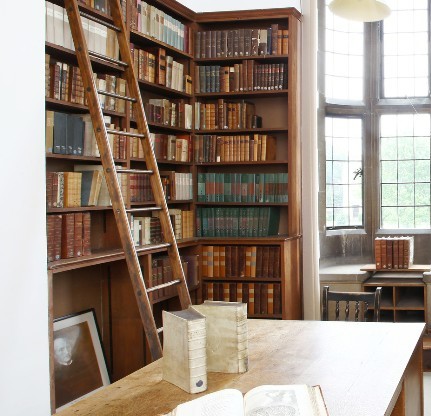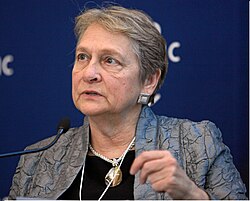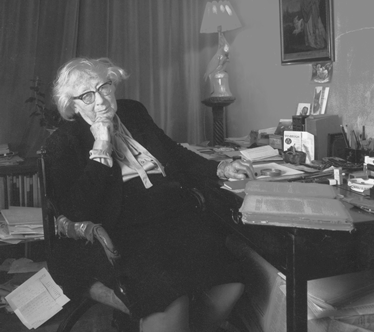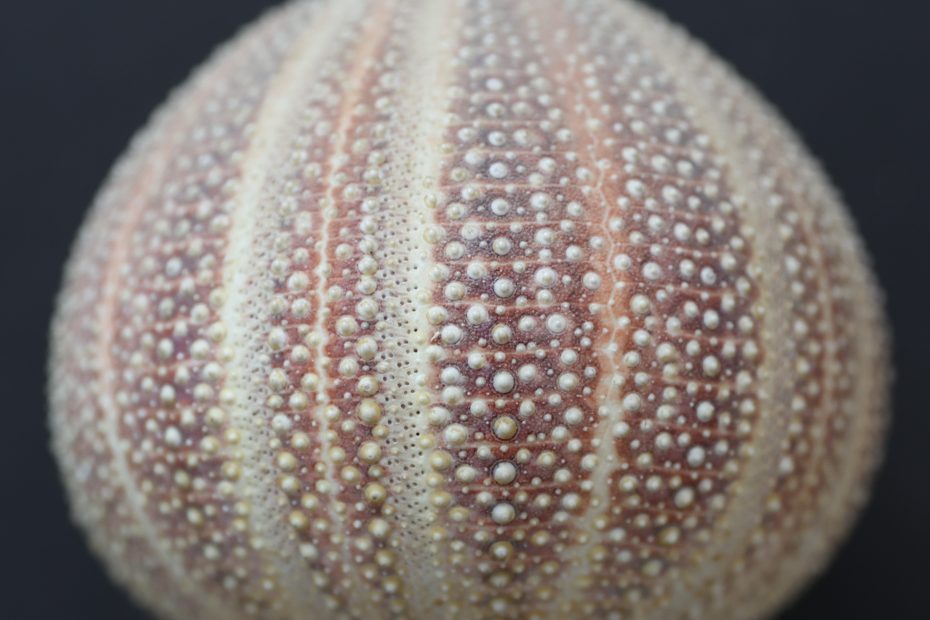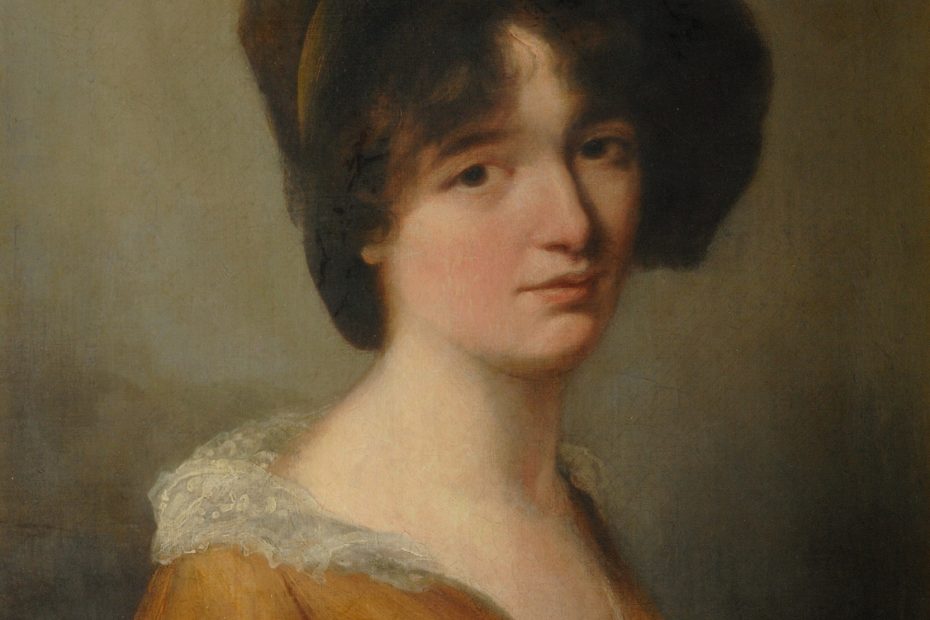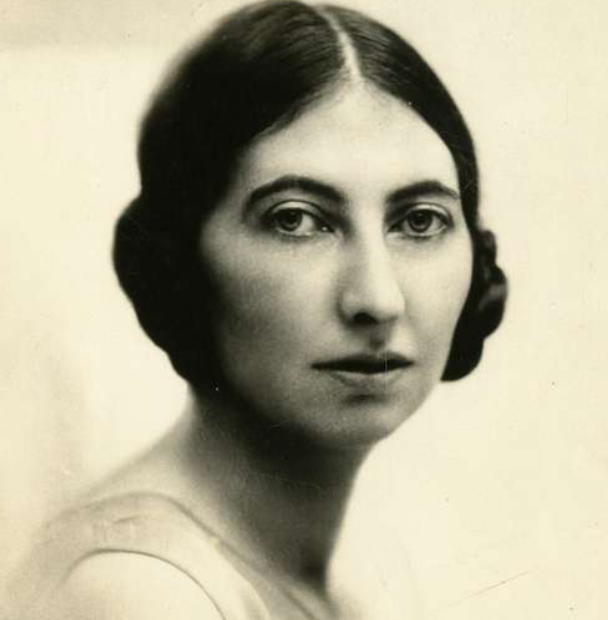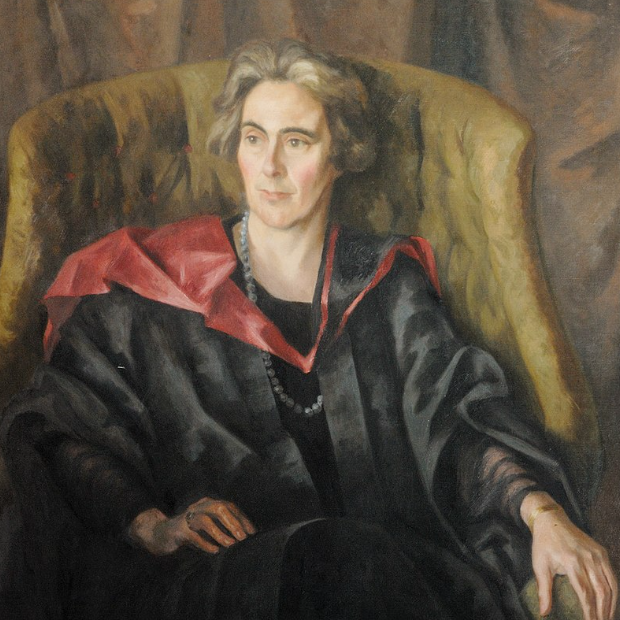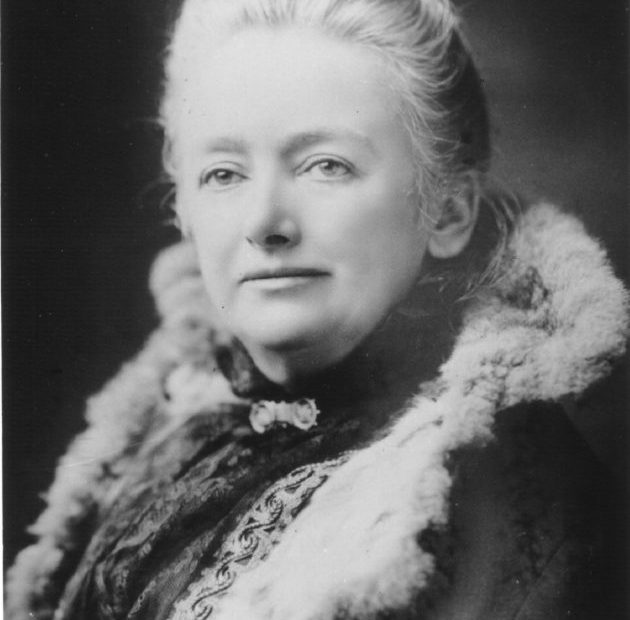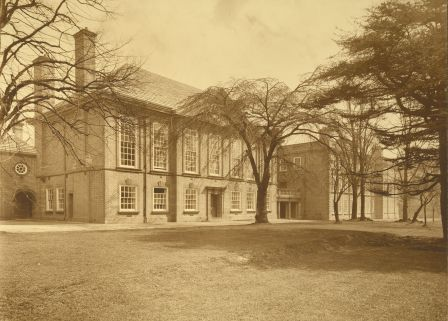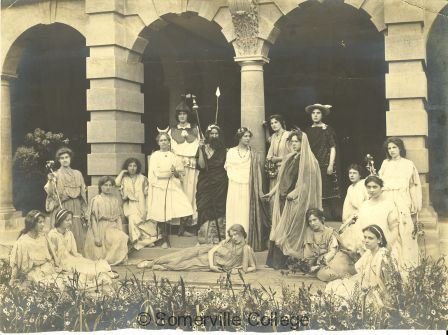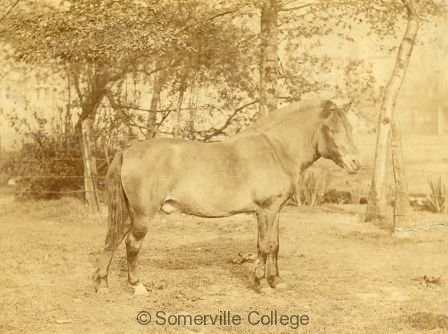JSM Library Open Day – Thursday 11th May
We were asked recently whether it would be possible to open the John Stuart Mill Library this term, and so this is what we will be doing next Thursday, 11th May. The JSM Library will be open between 10.30am and 12.30pm, and then again between 2.00pm and 4.00pm. There will be a small exhibition explaining how the collection arrived at… Read More »JSM Library Open Day – Thursday 11th May
